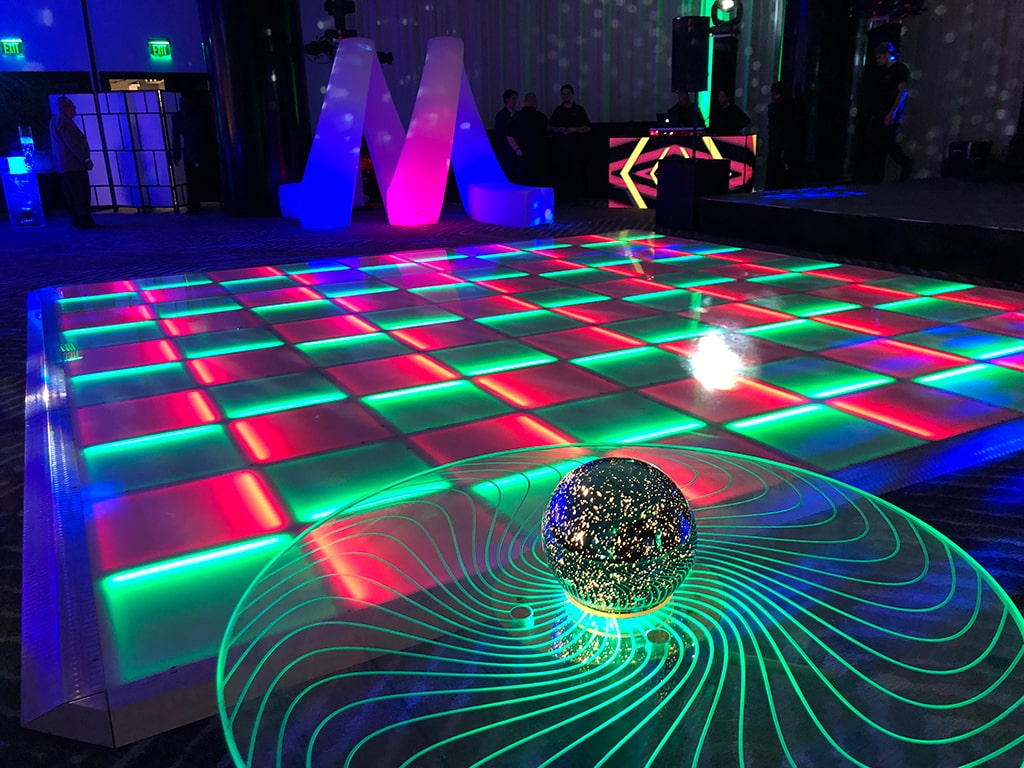A Revolutionary Impact of Luminance in Improving Movement Surface Beauty
A Revolutionary Impact of Luminance in Improving Movement Surface Beauty
Blog Article
Lighting plays a critical role in creating the environment of a dancing area. It can convert a basic space into an thrilling setting that boosts the complete encounter for performers and audience alike. The correct lighting can impact the mood, dynamism, and even the type of the performance being executed. By using various types of lighting, such as focused lights, colored lights, and flashing lights, event organizers can create a lively setting that captivates the spectators and encourages participation.
One of the key functions of lighting on a dancing area is to highlight the performers. Spotlights can be used to focus attention on individual dancers or teams, making them the center of attention. This method not only displays their actions but also adds a dimension of theatricality to the show. When dancers are illuminated properly, their expressions and techniques become more visible, allowing the spectators to appreciate their abilities. This targeted lighting can also help to create a narrative, guiding the audience through the performance.
In addition to highlighting performers, colored lights can greatly impact the atmosphere of the dance floor. Various colors elicit different feelings; for instance, warm colors like crimson and orange can generate a sense of excitement and vitality, while cooler colors like azure find out this here and green can encourage tranquility and relaxation. By thoughtfully using colored illumination, event planners can control the atmosphere to align with the theme of the event or the style of the dance. This considerate approach to lighting setup can enhance the complete experience for everyone involved.
Strobe lights and other dynamic lighting effects can also add thrill to a dancing area. These features can create a sense of rhythm and movement that complements the music being performed. When timed with the beat, strobe lights can make the dancing area feel alive, encouraging dancers to move in sync with the flashing lights. This interaction between light and sound can boost the vitality of the occasion, making it more pleasurable for both dancers and audience. The use of such features requires thoughtful consideration to ensure they enhance rather than distract from the show.
Ultimately, the complete design of the lighting setup is essential for establishing a cohesive aesthetic on the dancing area. A carefully planned lighting plan considers the configuration of the space, the type of dance being executed, and the spectators' experience. By integrating various lighting methods, such as background lighting, accent lighting, and unique features, planners can create a visually stunning environment. This focus to specifics not only improves the performance but also leaves a memorable impact on the audience, making the event memorable. In summary, the powerful influence of lighting is vital in enhancing dance floor aesthetics, establishing an captivating and enjoyable experience for everyone.